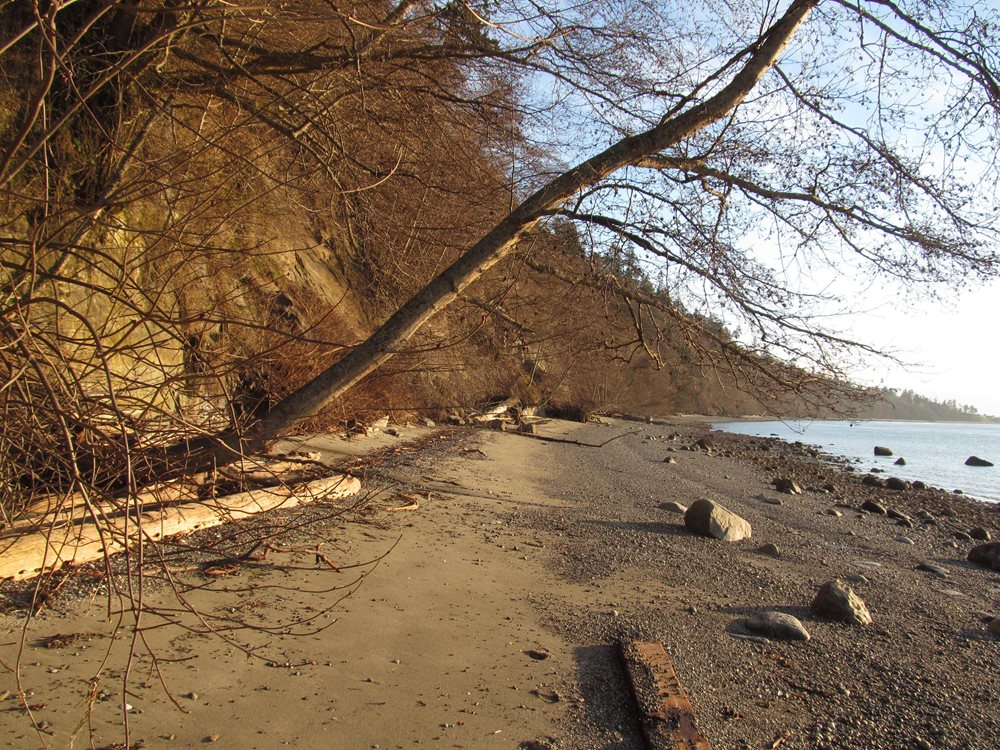Indicators on Shore Protect Team You Should Know
Wiki Article
8 Easy Facts About Shore Protect Team Shown
Table of ContentsAbout Shore Protect TeamShore Protect Team Things To Know Before You Get ThisAn Unbiased View of Shore Protect TeamThe Greatest Guide To Shore Protect TeamSome Of Shore Protect TeamSome Known Details About Shore Protect Team Little Known Facts About Shore Protect Team.
Reduction in building worth: As the location tourist is influenced by disintegration, so after that is the economy. Purchasers are less most likely to look for a coastline residence that could be ruined at any kind of minute by the impending flooding and erosion emergency situation. Consequently, residential or commercial property worth can go down greatly and affect the whole region.Whether a beach is simply tiny and congested or needs to close entirely for the safety of the community and close-by properties, this significantly influences tourist. Subsequently, regional economies are affected (https://www.tripline.net/shrprtcttm/). Danger of injury: The raised threat of flooding and structural failings creates an increased threat of injury to nearby travelers and neighborhood participants

Shoreline stabilization is directly related to their job. Waterfront resorts: Since shoreline disintegration impacts tourism, it affects the success of waterside hotels.
The Single Strategy To Use For Shore Protect Team
Coastal commercial companies: No vacationers means no organization. Coastal state parks: State parks that exist along coastlines are at danger of damage.Difficult stablizing makes use of man-made structures as defense to manage erosion. Many forms of hard stablizing like seawalls and sheet steel are not excellent for shoreline stabilization.
Shore Protect Team Fundamentals Explained
There's also inadequate proof of their effectiveness relying on the kind of coastline and neighborhood conditions. Hard stablizing techniques tend to be extra difficult to install and do not match the natural aesthetic, protruding like an aching thumb and harming neighborhood ecological communities in numerous scenarios. Coastline nutrition is the process of including lost sand and debris back to coastlines after erosion has occurred.TrapBags help in the process of beach nourishment by protecting all-natural communities and allowing plants to expand. While this procedure can be pricey and is not irreversible, the pros have a tendency to surpass the cons. TrapBag obstacles offer lots of buildings that make them optimal for coastal and shore disintegration security. They're: Eco-friendly: You can make use of native soil both to surround and to fill the TrapBags.

See This Report on Shore Protect Team
They can additionally be installed without any type of hefty machinery. Inexpensive: TrapBags are excellent for both small and huge areas of shoreline.Incorporated with a high construction cost, this has resulted in enhancing use other soft engineering coastal monitoring options such as beach replenishment. Seawalls are created from numerous materials, a lot of commonly reinforced concrete, rocks, steel, or gabions. Various other possible building materials consist of vinyl, wood, aluminum, fiberglass composite, and biodegradable sandbags constructed from hemp and coir. The suitable seawall style counts on location-specific aspects, consisting of bordering erosion procedures. There are 3 main kinds of seawalls: vertical, bent, stepped, and mounds (see table listed below). A record published by the United Nations Atmosphere Programme (UNEP) recommends that the tidal wave of 26 December 2004 created less damage in the locations where natural barriers existed, such as mangroves, coral reefs or coastal greenery.
Natural obstacles, such as coral reefs and mangrove forests, avoid the spread of tsunamis and the flow of coastal waters and reduced the flood and rise of water. A cost-benefit technique is an effective method to determine whether a seawall is ideal and whether the benefits are worth the expense.
Our Shore Protect Team Ideas
A seawall is a fixed feature which can clash with the vibrant nature of the shore and hamper the exchange of debris in between land and sea. Benefits and downsides of seawalls according to Short (1999) Benefits Downsides Long term option in contrast to soft coastline nutrients (https://fortunetelleroracle.com/profile/shrprtcttm).
This can trigger coastlines to dissipate, making them worthless for coastline goers. Normally, seawalls can be an effective means to regulate coastal erosion, yet just if they are built well and out of products that can withstand the pressure of recurring wave energy. Some understanding is required of the coastal processes and morphodynamics specific to the seawall location.
See This Report on Shore Protect Team
The proper seawall design relies on location-specific facets, consisting of bordering erosion processes. There are 3 primary kinds of seawalls: upright, curved, tipped, and piles (see table below).All-natural obstacles, such as coral reefs and mangrove woodlands, prevent the spread of tidal waves and the circulation of seaside waters and reduced the flooding and rise of water. A cost-benefit approach is a reliable means to establish whether a seawall is appropriate and whether the advantages deserve the cost.
The smart Trick of Shore Protect Team That Nobody is Talking About
A seawall is a fixed attribute which can contrast with the vibrant nature of the coastline and impede the exchange of debris in between land and sea. The table listed below summarizes some favorable and negative results of seawalls which can be used when comparing their effectiveness with various other seaside administration alternatives, such as coastline nutrition. [] Advantages and downsides of seawalls according to Short (1999) Advantages Disadvantages Long term option in comparison to soft coastline nutrition. bulkhead contractors near.
This can trigger coastlines to dissipate, providing them worthless for beach goers. Generally, seawalls can be a successful method to regulate coastal erosion, however just if they are built well and out of products that can hold up against the pressure of recurring wave power.
Report this wiki page